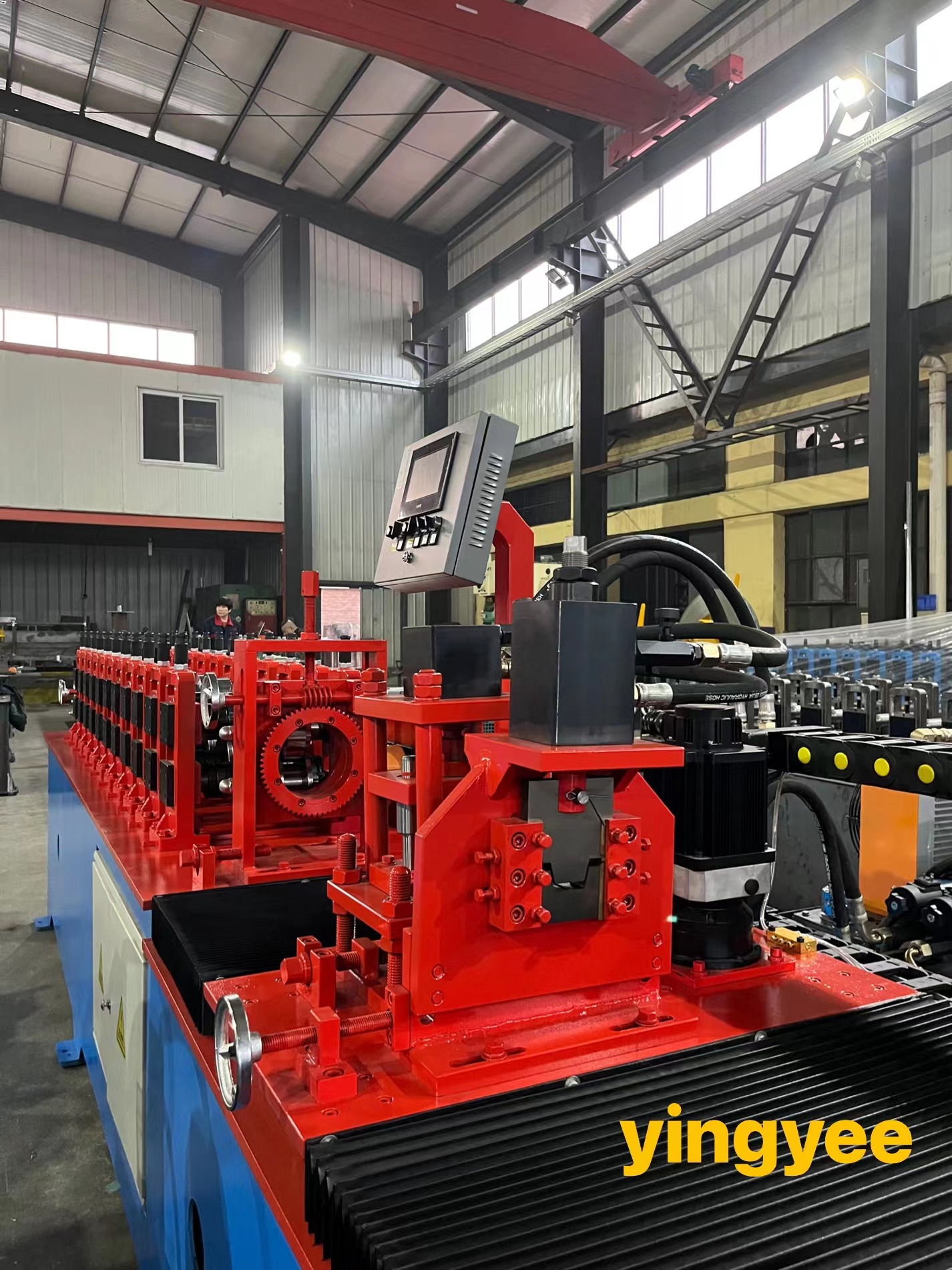
Understanding Steel Slitting Line Machines An Essential Component in Metal Processing
Steel slitting line machines have become indispensable in the metal processing industry. These machines are specifically engineered to cut large coils of steel into narrower strips. The steel slitting line process is vital for transforming bulk steel products into usable components that can be further processed or used in various manufacturing applications. In this article, we will delve into how these machines work, their components, and their advantages.
The Slitting Process Explained
At its core, the slitting process involves the longitudinal cutting of metal strips from a master coil. The slitting line usually starts with a coil of steel being unwound from a pay-off reel. The steel strip then passes through several key stages, including shear cutting, edge trimming, and recoiling. The final outcome is a series of narrow strips of steel that can be rewound into smaller coils.
The process begins with a decoiler that supports the heavy coil of steel while continuously feeding the metal into the slitting line. Following the decoiling, the unwound steel strip goes through a set of rotary blades or knives that cut the metal to the desired width. These blades are adjustable and can be set to different widths to suit the specific requirements of the end product. After slitting, any rough or jagged edges must be trimmed to ensure the final product is smooth and ready for further processing.
Key Components of a Steel Slitting Line Machine
A typical steel slitting line consists of several critical components
1. Decoiler This unwinds the master coil and feeds the strip into the slitting machinery. 2. Slitting Blades These carbide-tipped blades slice the strip into the desired widths. Sharp blades are crucial for accurate and clean cuts.
3. Roller Tables These are used to support the steel strip as it travels through the slitting process, preventing sagging or bending.

5. Recoiler This component rewinds the newly cut steel strips into smaller, manageable coils, which can then be transported or further processed.
6. Control System Modern slitting lines are equipped with advanced control systems that allow operators to monitor and adjust cutting speeds, blade positioning, and other parameters for optimal efficiency.
Advantages of Steel Slitting Line Machines
The use of steel slitting line machines offers multiple advantages
- Precision Cutting These machines provide precise cuts, ensuring that the finished products meet strict dimensional tolerances. Precise cutting is essential in industries where uniformity is critical.
- Efficiency Steel slitting lines can process coils quickly, minimizing downtime and maximizing productivity. As a result, manufacturers can meet high demand levels without compromising quality.
- Versatility A single slitting line can handle different types of metals and varying coil thicknesses, making it adaptable to many industrial applications. This versatility enables producers to cater to a wide range of customer needs.
- Cost-Effectiveness By converting large coils into smaller strips that can be sold or used in production, companies can operate more effectively and reduce waste. This efficiency aligns with modern manufacturing goals of sustainability and resourcefulness.
Conclusion
In summary, steel slitting line machines play a critical role in the metal processing industry. Their ability to efficiently and accurately transform large coils of steel into narrower strips makes them essential for various manufacturing sectors. Understanding their components and processes can help businesses optimize their operations and maintain competitive advantages in an ever-evolving market. Whether for construction, automotive, or appliance manufacturing, the significance of steel slitting lines cannot be overstated, as they are integral to producing quality metal products in today’s industrial landscape.